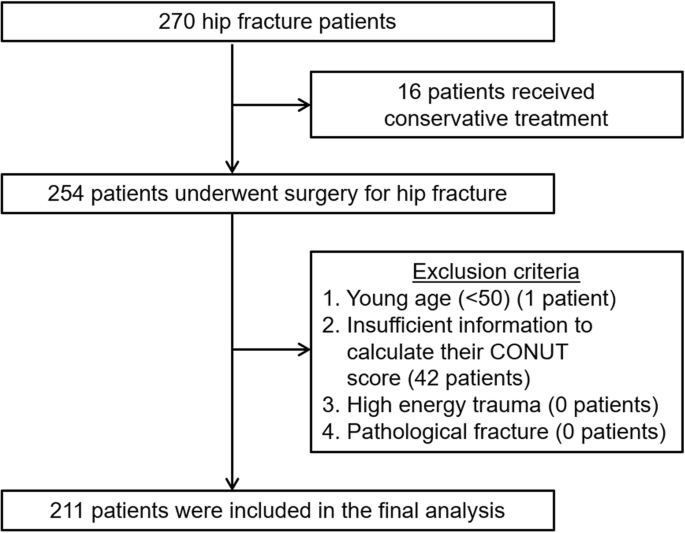Hip Surgery Risk Stratification
8 patients are eventually stratified into low.
Hip surgery risk stratification. A randomised double blind comparison. Currently there are no standard risk stratification scales for orthopedic arthroplasty patients. These categories identify operations with increased potential for substantial blood loss or other intraoperative and postoperative risks. To provide a treatment algorithm for care of covid 19 positive suspected hip fractures patients that accounts for their increased risk of morbidity and mortality.
Lee goldman on original goldman cardiac risk index for mdcalc. Similarly the cardiologist s either use the american heart association aha stages of heart failure. To demonstrate how a risk assessment tool modified to account for the covid 19 virus during the current global pandemic is able to provide risk assessment for low energy geriatric hip fracture patients. Postoperative fondaparinux versus preoperative enoxaparin for prevention of venous thromboembolism in elective hip replacement surgery.
Emergent surgery proceeds directly to the operating room without further risk stratification. 2002 may 18. The risk is estimated based upon information the patient gives to the healthcare provider about prior health history. The acs nsqip surgical risk calculator estimates the chance of an unfavorable outcome such as a complication or death after surgery.
What are the benefits of hip replacement surgery. The revised cardiac risk index was published 22 years after the original index became the first multifactorial approach to assessing the cardiac risk of non cardiac surgery and one of the first such approaches for any common clinical problem. Predisposing risk factors include cough dyspnea smoking a history of lung disease obesity and abdominal or thoracic surgery 23 24 the most significant of these risk factors is the site of. To risk stratify patients.
There is a risk for infection after hip replacement surgery. Or the new york heart association nyha functional classification functional classification. Both algorithms incorporate the detsky predictors. The estimates are calculated using data from a large number of patients who had a surgical procedure similar to the one the patient.
The most important benefit of surgery is relief of hip joint pain.

















